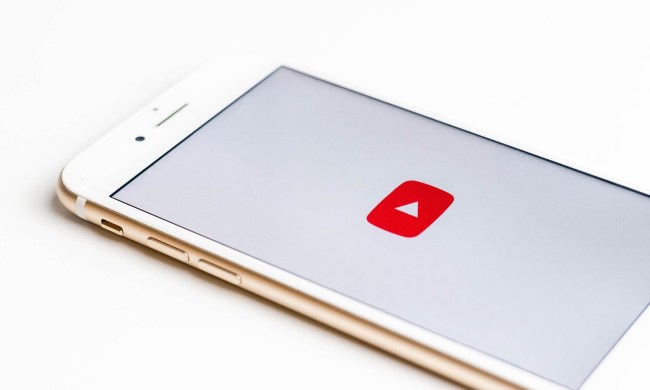This new streaming service might be Google’s best effort to finally start making real money through the video service.
To make YouTube Red even more compelling, new original programming will be available exclusively to subscribers. YouTube’s biggest star PewDiePie will star in a horror series along with the producer of The Walking Dead, revealing the details of what the Swedish gaming star was working on in Los Angeles last month. A documentary following Canadian vlogger Lilly Singh on her world tour is also in the works.
Rather than turning to Hollywood talent for these high-budget video series, YouTube intends to groom content creators already embedded into the YouTube community.
YouTube Music, announced at the same event, will offer offline playlists based on songs you liked on YouTube, alongside radio stations based on a specific song, singer or playlist. As with to Red, users will be able to choose how many songs to store, and what quality to store them.
YouTube made no mention of how it would split revenue with content creators. The video service managed to win over 98 percent of creators and networks for its new venture, but Disney was one notable exception. This could be problematic, considering Disney owns Maker Studios, the largest network on YouTube that holds PewDiePie, Toby Turner, Andrea Brooks, and a few other high-profile contracts.
YouTube Red will also eliminate a few of the other trial services, like the tip-jar, paid channels, and YouTube Music Key. Speaking to The Verge, YouTube’s chief business officer Robert Kyncl said these programs were too niche, and said the video service would not try a Patreon-style “pay what you want” service in the near future.
Kyncl also claimed advertisers needn’t worry about the new paid subscription service, stating that 99 percent of the content will remain free to view. The business chief believes that ad revenue will continue to grow, and will reach the majority of the audience watching YouTube.
YouTube Red will only be available in the U.S. when it launches on October 28, meaning a majority of YouTube viewers will be initially unable to subscribe. YouTube has not given a time frame for a European or Asian launch, potentially due to contract issues that may need to be settled.
Despite generating $4 billion in revenue, YouTube has never been a profitable venture for Google. This new streaming service might be Google’s best effort to finally start making real money through the video service, which attracts over one billion viewers per month.

